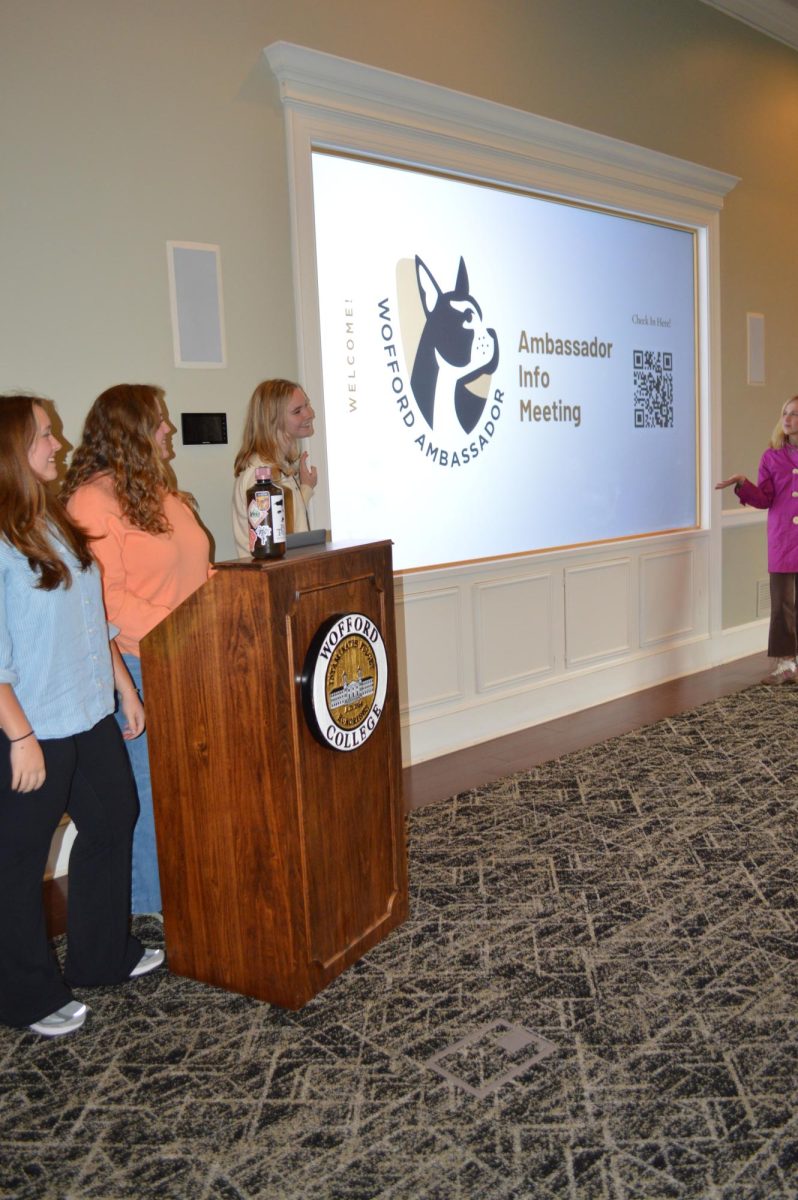By Nola Webb
On the evening of Sunday, Nov. 13, University of Virginia students returning from a class field trip were victim to a violent attack from their fellow classmate, resulting in the death of three members of the university’s football team and the injury of two other students.
On the same night, in Moscow, Idaho, the bodies of four University of Idaho students were discovered and have since been labeled homicides.
The United States often faces acts of violence annually, as deadly shootings at both an LGBT club in Colorado and a Virginia Walmart were soon to follow in the news. However, the tragic events at both of these universities bring safety, specifically on college campuses, to the forefront of the minds of students nationally.
While these instances are indicative of a larger nationwide struggle against violence, they do bring to mind the question of responsibility in regards to campus safety and security threats, both internal and external.
Since the beginning of the academic year, Wofford students have been thankfully unafflicted by any violent threats from either within the student body or from the peripheral community.
In a discussion of safety and security at Wofford in wake of the events at both University of Virginia and University of Idaho, Campus Union President Thomas Cuttino ‘23, surmised that “9 out of 10” security threats at Wofford are external, which recent updates to campus safety are apt to handle.
Cuttino added that he doesn’t believe that campus safety has many aspects in need of improval, citing the hiring of new officers and recent refinements made to the department over the summer.
The change to campus security was part of his initial campaign for campus union president.
However, in light of violent events at other universities and across the country, many are still left to wonder if enough is being done to prevent the occurrence of violent threats.
To this, Cuttino assured that Wofford’s Campus Safety department is aware and “reflective of the changing times” made present in the tragic events across the country, leading to proactive safety policies for the campus itself.
In the larger discussion of gun violence across America, prevention and blame is shifted between multiple parties, most often mental health resources and gun control laws.
However, the recent tragedy at University of Virginia places a new blame on the security forces of the university, as the perpetrator was convicted for several gun-related charges prior to initiating the attack.
Wofford’s policies and procedures for threats like that seen at University of Virginia are outlined on the Campus Safety page on Wofford’s website and are openly available for student viewing.
In the case of an “active shooter” or “armed aggressor,” the policy assures the deployment of law enforcement in order to “mitigate harm.”
Though, most campus safety departments are unable to directly address the prevention of unpredictable violent crimes on campus, specifically the gun-related instances that have skyrocketed in prevalence across the United States, without the resources of a local law enforcement department.
Herein lies the question of the responsibility of campus security departments.
These questions regard the extent to which officers should intervene with a violent student, how safety officers are expected to maintain peace of mind across the students, whether the responsibility of on-campus attack prevention falls on campus safety, etc.
These uncertainties are the root for much of the controversy surrounding violent crime and its prevention, yet have no discernable answer. It is within these unknowns that lies the importance of a conversation surrounding campus security.






























